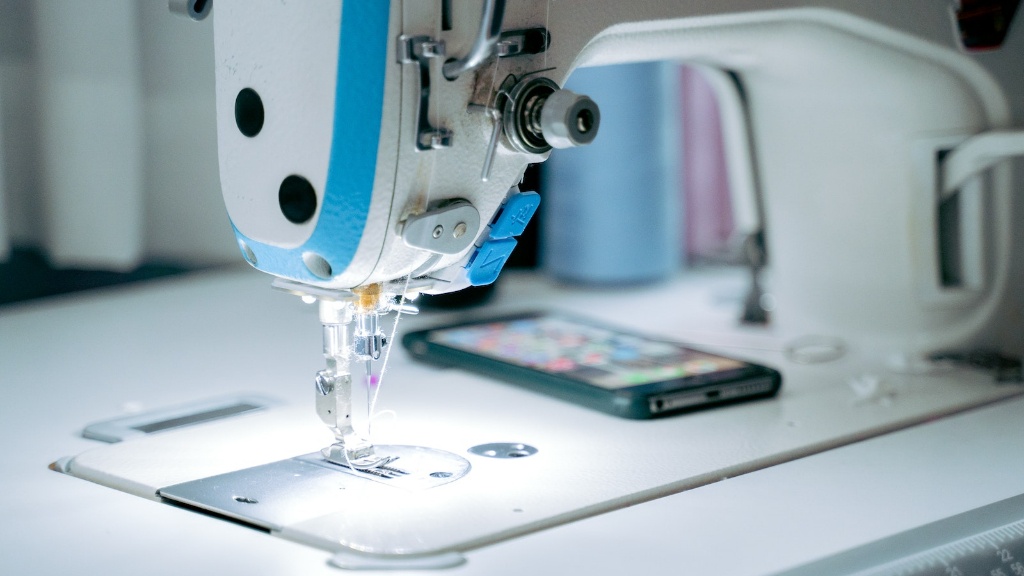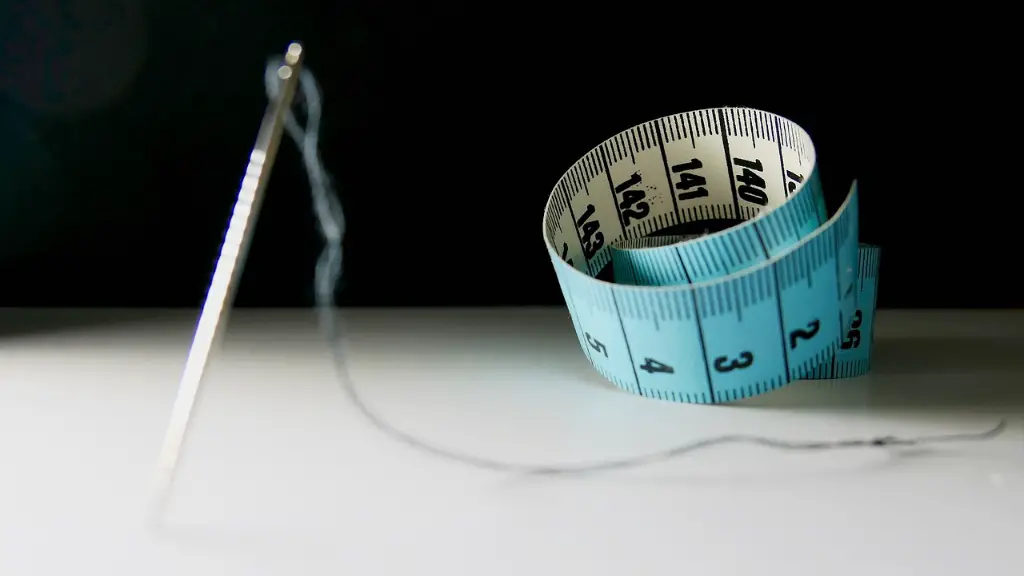Purpose of Sewing Machine Table
A sewing machine table is a must-have for any person who is into sewing. Whether it is quilting, dressmaking, embroidery, mending clothes or any other kind of sewing project, having a stable and comfortable sewing surface is essential. Sewing machine tables can be bought from a store or made at home DIY-style. There are many benefits to having a dedicated sewing machine surface such as comfort, portability, and space-saving.
Advantages of Setting Up a Sewing Machine Table
Setting up a sewing machine table provides a wide range of advantages that make it a worthwhile investment. Firstly, it offers you a comfortable and stable work surface. Sewing while standing up may be uncomfortable and can lead to back and neck pain. Secondly, having a dedicated sewing surface can help you to organize your workspace as you will have all the tools and material you need in one place. Thirdly, having an organized and accessible workspace can save you time, allowing you to spend more time creating your sewing projects instead of searching for the necessary materials. Lastly, having a sewing machine table increases your sewing area, allowing for larger projects and reducing the need to reposition or maneuver the fabric or project.
Types of Sewing Machine Tables
There are several different types of sewing machine tables. The most popular are portable sewing machine tables and wall-mounted sewing machine tables. Portable sewing machine tables have the advantage of being lightweight and easily folded away when not in use. These tables are perfect for those who are short of space and need to quickly move their projects to another area. Wall-mounted sewing machine tables are perfect for those who need a more permanent sewing area in the same location. They provide a flat and stable surface and can also save you a lot of space as they mount directly to the wall.
Materials and Tools Needed
The materials and tools needed to set up a sewing machine table vary depending on the type of table you choose. For portable sewing machine tables, all that is usually needed is a flat surface and a sturdy base. For wall-mounted sewing machine tables, you will need screws and wall anchor screws, a screwdriver, a drill, and a sturdy tabletop. Some sewing machine tables also come with their own tools and material so it is always a good idea to check the specific product before purchasing.
Steps for Setting Up a Sewing Machine Table
The steps for setting up a sewing machine table vary depending on the type of table you choose. For a portable sewing machine table, the only steps you need to take are to ensure the surface is even and clear of debris, assemble the base and frame, and place the tabletop on the frame. For a wall-mounted sewing machine table, the steps are more complex. First, you need to ensure the wall is strengthened to support the weight of the table. Then, you need to measure the space and mark it with a pencil, drill holes for the wall anchors, and attach the wall anchors to the wall. Next, attach the tabletop to the wall anchors, attach the frame if necessary, add the legs, and adjust the height. Lastly, add the base and adjust the tension as needed.
Extra Tips for Setting Up a Sewing Machine Table
When setting up a sewing machine table for the first time, it can be daunting and confusing. To make the process easier, it is important to know some extra tips and tricks. Firstly, always measure twice and mark with a pencil to ensure accuracy. Secondly, always check the weight capacity of the table you choose and ensure the wall that you are mounting is capable of supporting the weight. Thirdly, always take your time and check the instructions thoroughly before starting. Lastly, always adjust the tension of the sewing area if necessary to ensure it is smooth and comfortable.
Maintenance of Sewing Machine Table
Maintaining a sewing machine table is just as important as setting it up. It is important to regularly dust the table and to ensure the sewing area is working correctly. Depending on how much use the sewing machine area receives, it may be necessary to adjust the tension every now and then, especially if it’s a wall-mounted table. The surface should also be cleaned and lubricated regularly to ensure smooth operation. Lastly, it is a good idea to periodically check for any wear and tear and replace any parts if necessary.
Storage for Sewing Machine Table
Having a dedicated storage solution is essential for any sewing machine table, as it allows for easier access to tools and fabrics. Wall-mounted sewing machine tables should have a storage shelf or cupboard attached underneath. Portable sewing machine tables may also have dedicated storage compartments or drawers. Alternatively, you can use plastic trays or bins to store and organize your material and tools. Additionally, you can make use of a tool caddy to keep all your sewing implements within arm’s reach.
Importance and Benefits of Sewing Machine Table
A sewing machine table provides many benefits, from comfort, organization, portability and space-saving to an increased workspace. Using a dedicated sewing surface allows you to concentrate on the task at hand and prevents the need to constantly reposition the fabric or project. Having the necessary tools and materials easily accessible also helps to reduce stress and saves time. And lastly, setting up a sewing machine table allows you to enjoy the process of creating a variety of sewing projects without worrying about straining your neck or back.
Conclusion
Setting up a sewing machine table is an important and beneficial task for any person who is into sewing. With the right materials and tools, you can assemble a table that meets your needs, whether it is portable or wall-mounted. Setting up a sewing machine table offers multiple advantages and ensures that the sewing process is comfortable and efficient. Knowing how to properly set up a sewing machine table and how to properly maintain it is important in ensuring that you get the most out of your sewing projects.


